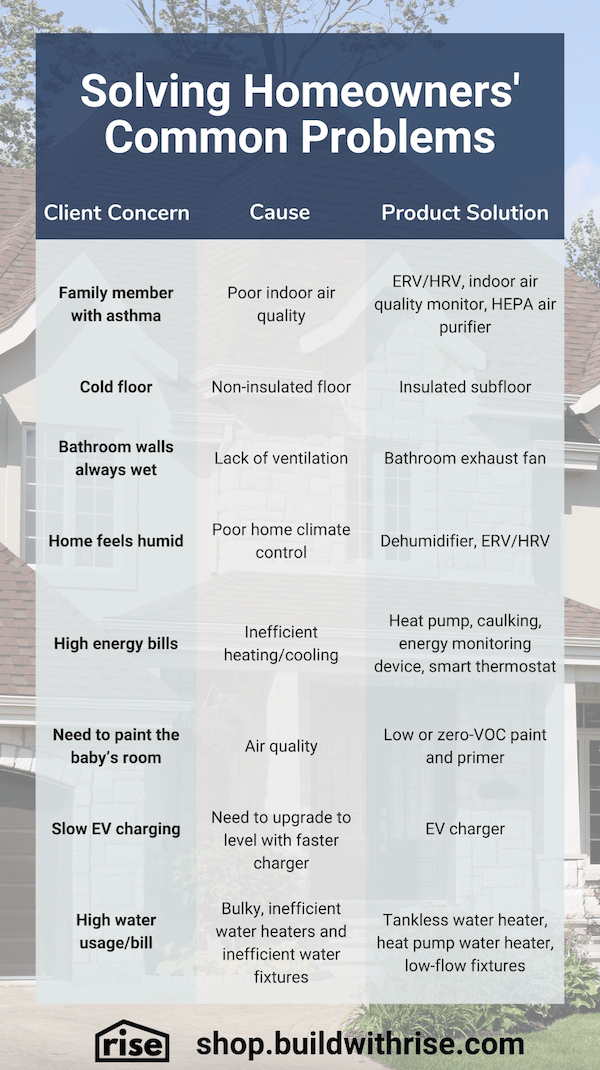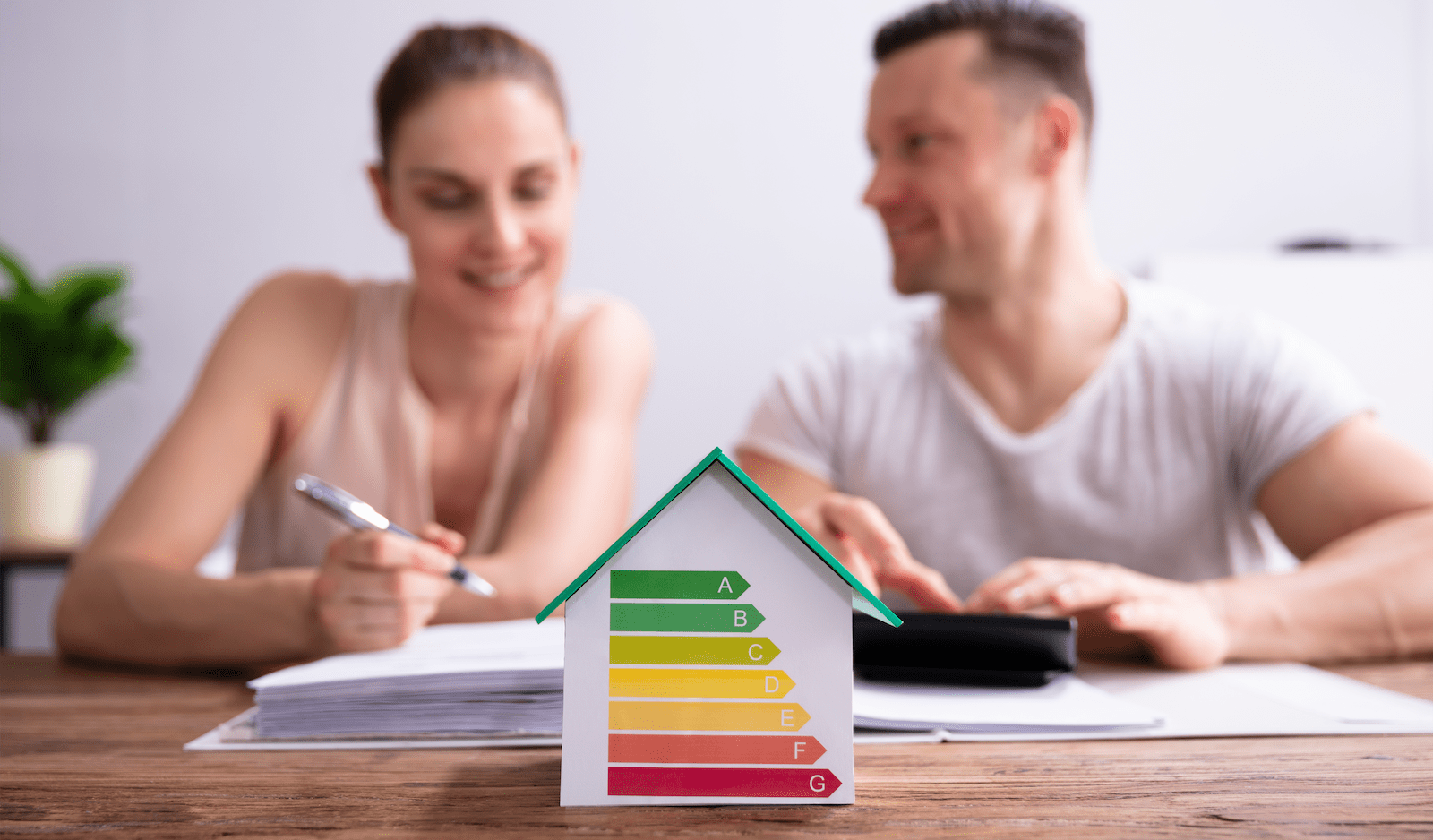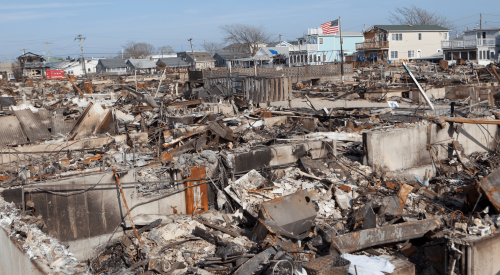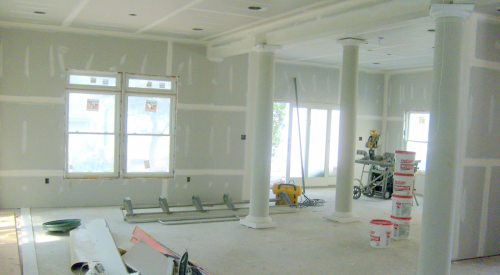When it comes to new-home buying, builders, real estate agents, and buyers are all invested in the process. When it comes to high-performance homes, those same three entities are involved, but there has long been a disconnect in how they communicate with one another.
Enter Home Performance Counts (HPC), a website created by the National Association of Home Builders (NAHB) and the National Association of Realtors (NAR) devoted to educating and improving communication among those three stakeholders about high-performance homes.
Recently, HPC has added a fourth component: a marketplace for goods and services that builders and consumers can access directly from the website via Rise, an online source for sustainable products and for information about sustainable building practices.
RELATED
- Inside the Mind of the High-Performance Homebuyer
- A Right-Sized, Integrated HVAC System for Indoor Comfort and Health
- A Home for the Ages: Sustainability, Health, and Attainability in One
In a recent survey by NAR, 50% of respondents indicated working on the purchase or sale side of properties with green features, a significant increase from 32% the previous year. "The HPC website helps foster awareness and makes builders and real estate professionals more comfortable having conversations about the benefits of home performance and the value they can provide to their clients," says Amanda Stinton, NAR's director of leadership and sustainability.
Green Building Conversation Starter
Homebuyers don't often ask for a "resilient" or "sustainable" home, says Anna Stern, program manager on NAHB’s Sustainability and Green Building team. Instead, they may mention things that indicate their concern or a desire for a high-performance home, such as, "My child has asthma,” “The upstairs in my current home is always hot,” “Whenever I cook, the smell lingers in the kitchen,” or “There's a draft around my doors and windows.”
These examples all point to home-performance issues, and it's up to builders and real estate agents to translate that list of symptoms and connect the dots between them and the benefits of a well-built, sustainable home.
The HPC website also offers a "translator tool" to help home builders and real estate agents listen to consumer language about what they want, interpret that language into discussions about what features they should look for to satisfy that want, and help prospective homebuyers learn how to continue the conversation with additional questions.
For example, a homebuyer may complain that when they play on the floor with their children, they notice the floor is always cold. The professional understands the consumer is talking about energy efficiency and can begin a conversation about weatherstripping around doors and windows, adding high R-value insulation to floors, walls, and ceilings, or creating an improved building envelope.
A section called "Say This-Not This" helps ensure even more clarity. It suggests, for example, that professionals use the word "comfortable" rather than "livable," or "functional living spaces" rather than "inspired design."

Where to Find High-Performance Building Products
Once they start understanding the benefits of a high-performance home, however, consumers often don't know where to turn to find the goods and services they might purchase to get from point A to point B. And sometimes, builders don't have the time to research countless vendor websites to make suggestions.
The link from HPC to Rise closes that loop and connects consumers and professionals to vetted high-performance products. Rise carries more than 140 brands and over 5,200 SKUs, including items such as electric vehicle chargers, energy recovery ventilators, low-flow faucets, air-purification devices, bidets, insulation, and low-VOC paint.
"We add hundreds of products daily," says company founder and CEO Matt Daigle. "The site is a top-down resource for products, trusted brands, and for people to learn how to use these products in a high-performance home. Builders can seek out hard-to-find vendors and shorten their sales cycle."
Site and Insight
The HPC website is easy to use. The home page includes three tabs:
- Homebuyers
- Professional resources
- Virtual green home tours
The homebuyers' tab includes an engaging introductory video to bring consumers up to speed on the meaning of the phrase "high-performance home," highlighting the benefits and features one might find in a high-performance home that are hidden behind the walls or located within a product, for example. There's also information on what sets high-performance homes apart, how homeowners will feel the difference, and what questions they should ask professionals.
"Professional Resources" links to extensive education programs and information on certifications, designations, and training opportunities. There are research reports from NAHB and NAR, downloadable one-sheets, and infographics to help professionals add more knowledge to further the conversation.
A virtual green home tours tab offers access to a slew of videos and webinars on YouTube that can help professionals explore green building strategies and how they can affect consumers. And builders and real estate agents have access to information about live home tours and events, where they can experience high-performance homes in person.
At the bottom of every page are big red buttons to help users "find a product," "find a builder," or "find a Realtor."
Ultimately, the site's goal is to close the gap between building science topics and how consumers can relate to what people are seeing in the professional world. "We really wanted to have a common language for what we're all talking about," Stern says.
Rise is an education-first marketplace and leading authority in sustainable home improvement. As an online home improvement store, its mission is to inspire, empower, and educate homeowners and home professionals to make better, more sustainable home choices, whether building new or renovating.













